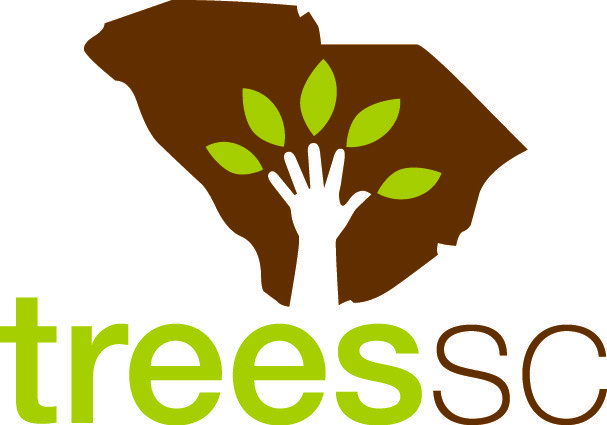
I thank my lucky stars each time I remember August 23, 1983. That was my first day as the City of Charleston Urban Forester. I had never heard that term before and didn’t have the faintest idea what it really meant; much less, how to be one. Snappy and intellectually challenging a term as it is, urban forester (or urban forestry for that matter) seems to be a contradiction in terms. Is an urban forester someone who manages individual trees that are growing in an urban habitat or someone who manages an urban habitat for the benefit of individual trees? Exactly! It is a well-planned and played misnomer.
As the new sheriff in town ( with the snappy new title) I knew I would supervise crews who pruned, removed and planted trees and that, in itself, was going to be a struggle. These guys didn’t call themselves arborists; not even tree surgeons, a term popular in the day. They were (and had been for years) The Tree Gang. So, one of the first tasks of the new urban forester in town was to change a mindset. The workers had mad skills learned during years of experience but their appearance and poor attitudes belied those skills. We needed these men to look and act the part. We wanted the public to buy in to a whole new way of looking at (and funding) city trees. Residents deserved to feel that skilled craftsmen and public servants were looking after their interests.
We helped the members of the new Urban Forestry Division to look the part by supplying new uniforms for each and helped them to act the part by taking crew leaders on their first city-sponsored out of state trip. Traveling to a Southern Chapter ISA meeting, they met and had dinner with the head of the National Arboretum. We stayed on the lookout for other training and networking opportunities. Helping the crew to feel the part was accomplished, mostly, by treating them with the respect and courtesy befitting their skills and, indeed, any human being.
We knew there was a bunch of trees along city streets and in parks but just how many was anyone’s guess. Our only records of past work existed on faded carbon copies of service requests and they only went back a couple of years. Having learned about municipal tree inventories, the city set out to secure funding for one. It would take seven years and two grants from the US Forest Service but we got our inventory. It has evolved and improved through the years and it remains a valuable tool.
No one threw money at us. We had to justify our needs. But the city was committed to this concept of urban forestry and continued to fund travel for training and networking. The city administration tasked us with learning what was working well in other places and bringing that knowledge home to work in Charleston.
We took our urban forestry crusade to the people. Seizing any opportunity to speak to neighborhood councils and other civic organizations, we told them of the need to not just plant more trees but to plan for more trees. Long range planning is a cornerstone of good urban forestry. More diverse species, right tree/right place and follow up maintenance are building blocks of a successful program we told the taxpayers. We wanted people to realize that trees are more than mere aesthetic enhancements but part of the city’s infrastructure and deserve thorough planning as much as an electric grid. Our mayor did his part; devising an innovative tree planting program through which citizens and the city shared costs and labor. He wrote and spoke frequently on how trees promote a city’s livability and offer a calmer, more human scale to the built environment.
We had to train ourselves and others that this urban forest was a mixture of hard man-made objects as well as living and organic ones. We showed our respect for the stewards of the hard infrastructure in hopes they would respect us as stewards of the green infrastructure.
Forging a cooperative relationship with the City Streets and Sidewalks Department we saved hundreds of trees. We suggested they sometimes use modular pavers set in sand rather than pouring solid concrete. This allows them to bridge over roots and give access to water and oxygen. Sometimes the streets crews simply pour a concrete bridge or ramp. When roots must be removed to provide a safe walking surface, an arborist directs the root pruning. Our citizens appreciate this interdepartmental cooperation that provides them safe footing and healthy public trees.
We also had to be good arborists. We inspected, pruned, fertilized, and dealt with pests, cabled, braced and propped trees. An individual prescription was written for each tree and the work assigned to a professional worthy of the challenge. Having a healthy, vibrant urban forest, requires dealing with its components individually while recognizing each one’s relationship to the whole.
After 35 years, I have learned that the primary job of an urban forester is to integrate individual trees into a forest of other trees, humans and the things that sustain and comfort them. I hope Charleston continues its holistic approach to public trees. Recent history shows us that success is the result of shared vision of many on behalf of us all.

Recent Comments